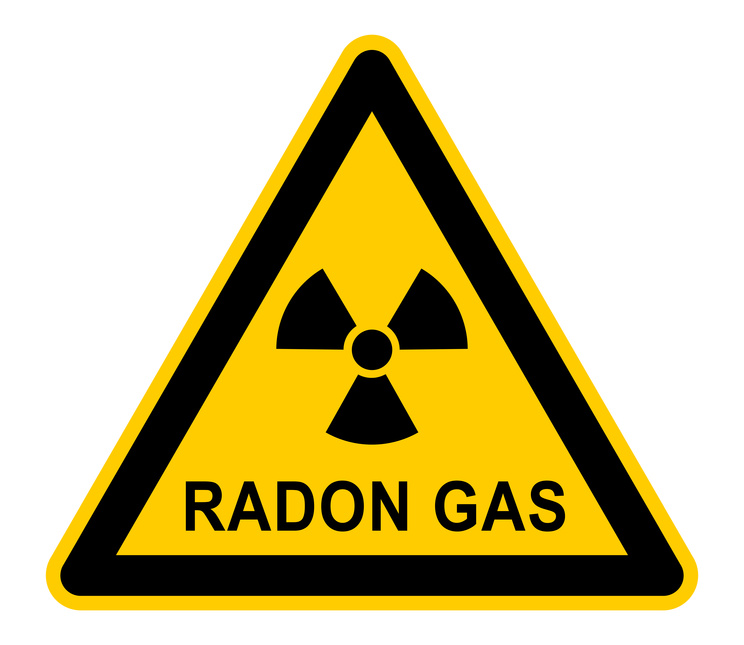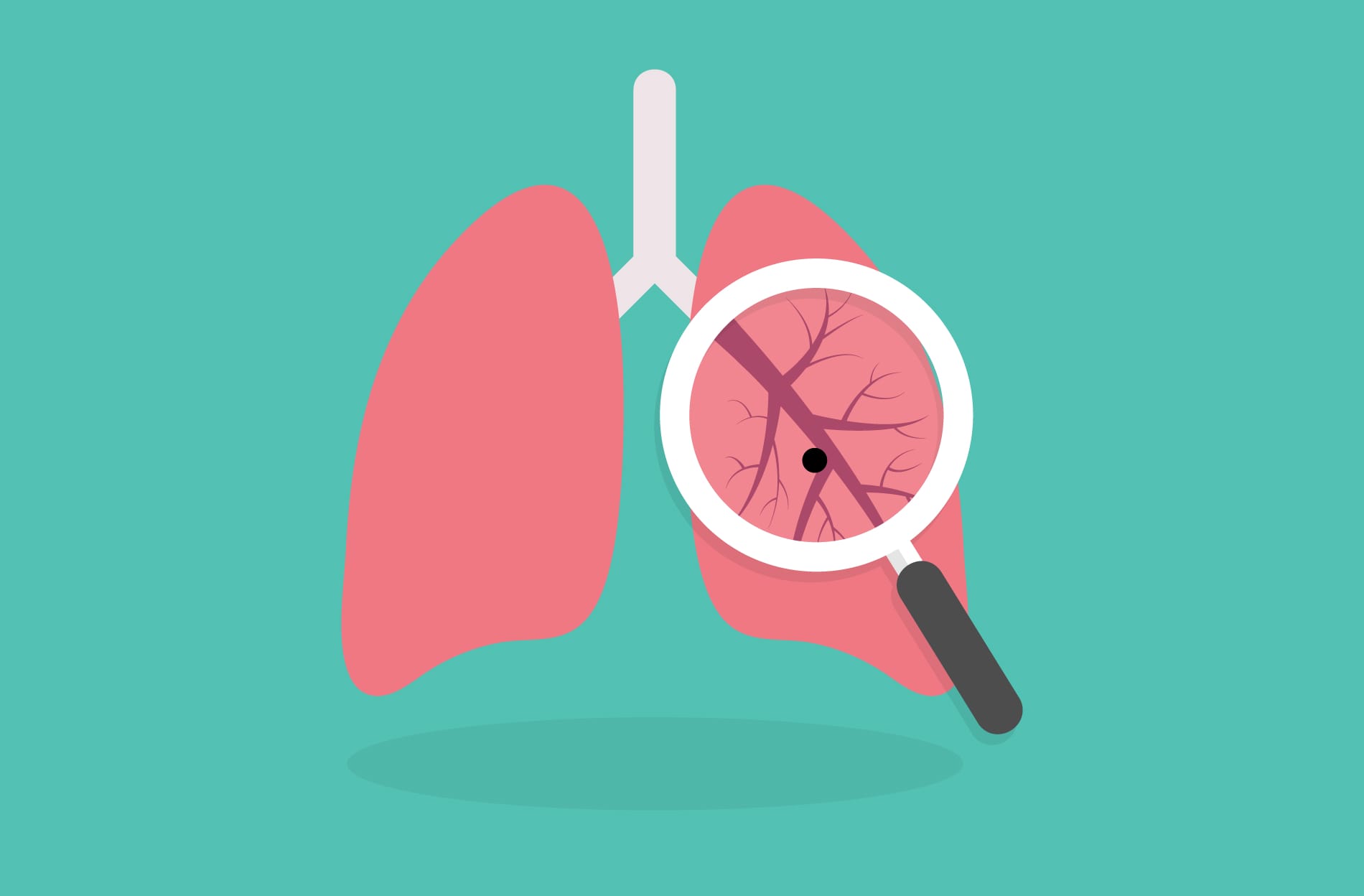Radon gas is an invisible and odorless radioactive gas that arises naturally from the earth. It is a serious health concern that affects millions of homes across the United States and around the world. Radon is the second leading cause of lung cancer deaths after smoking, making it a significant public health issue that requires attention and action.
This article aims to provide a comprehensive overview of radon gas, its effects on human health, and the steps you can take to protect yourself and your loved ones.
Table of Contents
What is Radon Gas?
Radon gas is a naturally occurring radioactive gas produced by the decay of radium, which is found in soil, rock, and water. Radon is a noble gas, which means it is colorless, odorless, tasteless, and chemically inert. It is also dense, which means it tends to accumulate in low-lying areas, such as basements and crawl spaces.
Radon gas is measured in units of picocuries per liter (pCi/L), with the Environmental Protection Agency (EPA) recommending that homes with radon levels of 4 pCi/L or higher take action to reduce their exposure. However, it is important to note that there is no safe level of radon exposure, and even levels below 4 pCi/L can pose a risk over time.
How Does Radon Gas Affect Human Health?
Radon gas is a known carcinogen, which means it can cause cancer. When radon gas decays, it releases alpha particles, which can damage the cells in the lungs and increase the risk of lung cancer. The risk of lung cancer increases with the level and duration of exposure to radon gas.
According to the EPA, radon exposure is responsible for an estimated 21,000 lung cancer deaths in the United States each year. Smokers are at a higher risk of lung cancer due to radon exposure, as the combination of radon and smoking can significantly increase the risk of lung cancer. However, radon exposure can also pose a risk to non-smokers, making it a serious health concern for everyone.
How Can You Test for Radon Gas?
The only way to know for sure if radon gas is present in your home is through testing. Radon testing is relatively simple and inexpensive, and it can provide valuable information about your home’s radon levels.
There are two main types of radon tests: short-term and long-term. Short-term tests measure radon levels over 2 to 90 days, while long-term tests measure radon levels over 90 days or more. Short-term tests are useful for quickly identifying high radon levels, while long-term tests provide a more accurate picture of your home’s radon levels over time.
Radon tests can be conducted by homeowners or by professional radon testing companies. Professional radon testing companies can provide more accurate results and can also guide how to address high radon levels.
How Can You Reduce Your Exposure to Radon Gas?
If high levels of radon gas are detected in your home, there are several steps you can take to reduce your exposure. These steps include:
- Installing a radon mitigation system: A radon mitigation system can help reduce radon levels in your home by venting the gas to the outside. Radon mitigation systems can be installed by professional contractors or by homeowners with the right tools and knowledge.
- Sealing cracks and openings: Sealing cracks and openings in your home’s foundation, walls, and floors can help prevent radon gas from entering your home.
- Increasing ventilation: Increasing ventilation in your home can help dilute radon gas and reduce its concentration.
- Using a radon-resistant building technique: If you are building a new home, using a radon-resistant building technique can help prevent radon gas from entering your home in the first place.
Conclusion
Radon gas is a serious health concern that affects millions of homes across the United States and around the world. It is an odorless, colorless, tasteless, and invisible gas that arises naturally from the earth and can cause damage to tissues in the lungs due to its radioactive decay, leading to lung cancer over time.
The only way to know for sure if radon gas is present in your home is through testing. Regular testing is recommended because radon levels tend to fluctuate over time. If high levels of radon are detected, radon mitigation systems can help reduce the levels in your home significantly.
By understanding the risks of radon gas and taking proactive steps to reduce your exposure, you can protect yourself and your loved ones from the harmful effects of this invisible gas.




